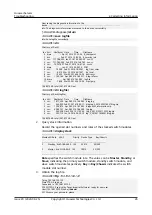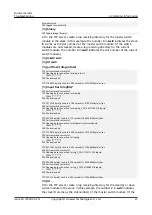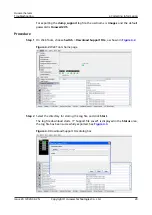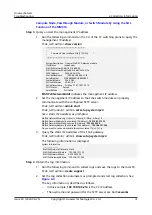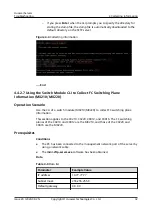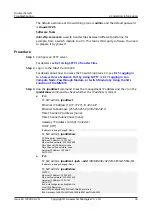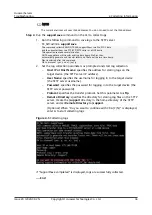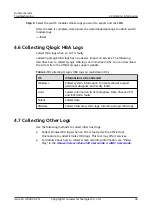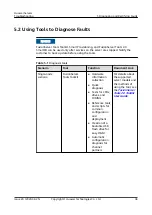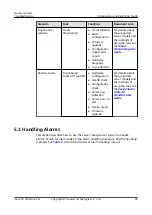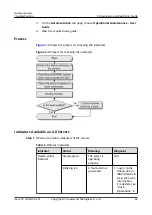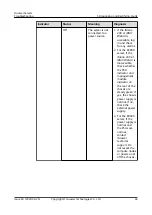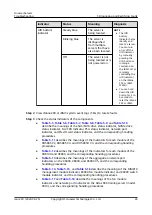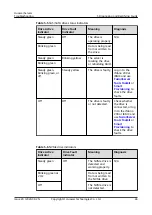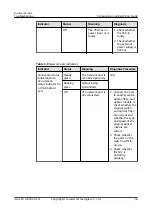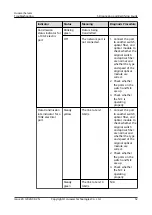
5
Diagnosing and Rectifying Faults
5.1 Fault Diagnosis Rules
5.2 Using Tools to Diagnose Faults
5.3 Handling Alarms
5.4 Using Error Codes to Locate Faults
5.5 Checking Indicators to Locate Faults
5.6 Handling Faults Based on Symptoms
5.1 Fault Diagnosis Rules
NO TICE
● Obtain the customer's written authorization before performing any operation.
● Before performing any operation, ensure that service data will not be lost or
has been backed up.
Observe the following fault diagnosis rules:
●
Check the external components and then the internal components.
During troubleshooting, check external devices for faults (such as a power
failure and peer device failure) first.
●
Check the network and then network elements (NEs).
According to the network topology, check whether the network environment
is normal and then check whether the NEs are normal. Determine which NE is
faulty if possible.
●
Check the high-speed signal alarms and then the low-speed signal alarms.
Alarm signal streams show that high-speed signal alarms often cause low-
speed signal alarms. Therefore, clear high-speed signal alarms first.
●
Analyze alarms of high severity and then analyze alarms those of low severity.
Analyze critical or major alarms first, and then analyze minor alarms.
Huawei Servers
Troubleshooting
5 Diagnosing and Rectifying Faults
Issue 20 (2020-09-25)
Copyright © Huawei Technologies Co., Ltd.
37




